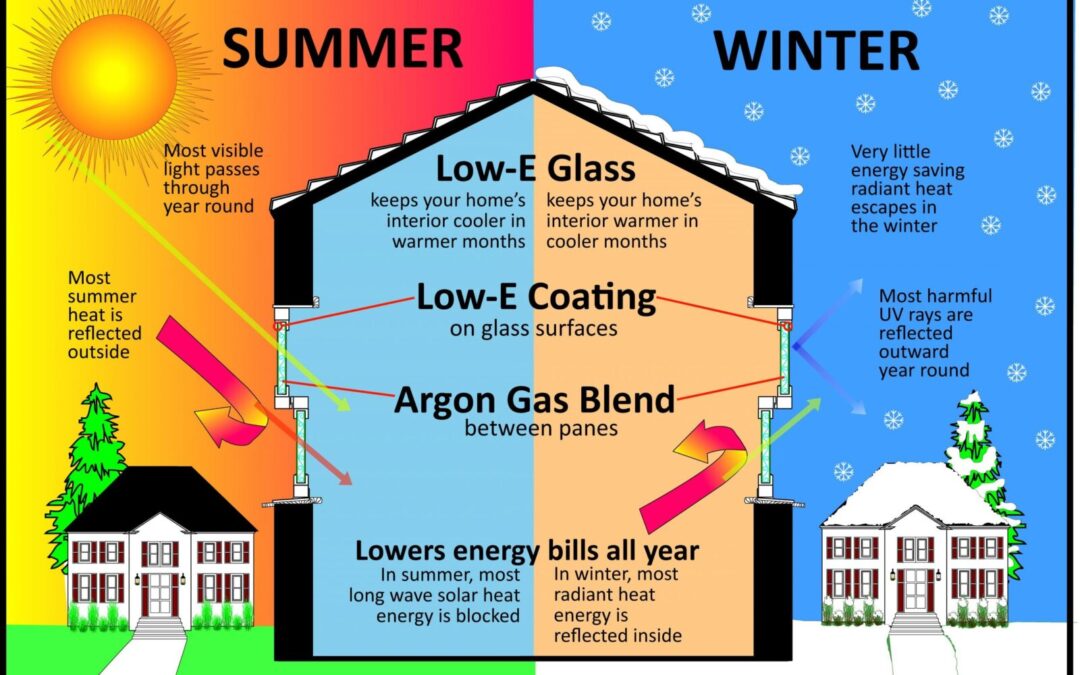When it comes to making your home more energy-efficient, one of the smartest upgrades you can make is installing Low-E windows. You might’ve heard the term before, especially if you’ve shopped for new windows or talked with a contractor—but what exactly are Low-E windows, and why are they worth the investment?
Let’s break it down.
What Are Low-E Windows?
Low-E stands for Low-Emissivity. In simple terms, Low-E windows have a special microscopic coating on the glass that reflects infrared and ultraviolet (UV) light. This means:
-
In winter: They help keep heat inside your home.
-
In summer: They reflect outside heat, keeping your home cooler.
-
Year-round: They reduce the amount of UV rays that can fade your floors, furniture, and artwork.
This coating is incredibly thin—thinner than a human hair—but it makes a big difference in how your windows perform.
How Do Low-E Windows Work?
Think of a Low-E coating as a smart barrier. It doesn’t block visible light (so you still get natural daylight), but it does control how heat and UV rays pass through the window.
There are two common types:
Passive Low-E (hard coat): Allows some solar heat to pass through, ideal for colder climates.
Solar control Low-E (soft coat): Offers better reflection of heat and UV rays, perfect for warmer climates.
Some windows even have multiple Low-E layers or are filled with insulating gas (like argon) between panes for added performance.
Benefits of Low-E Windows
✅ Lower Energy Bills
By reducing the need for heating and cooling, Low-E windows can cut your energy costs by up to 30%—depending on your climate and existing windows.
✅ Increased Comfort
No more cold drafts by the window in winter or sun-soaked hot spots in summer. You get a more consistent indoor temperature.
✅ UV Protection
Low-E coatings can block up to 90% of UV rays, protecting your furniture, flooring, and curtains from fading.
✅ Environmental Impact
Using less energy helps reduce your carbon footprint. That’s a win for your wallet and the planet.
✅ Home Value Boost
Energy-efficient upgrades like Low-E windows are appealing to buyers and can increase your home’s resale value.
Are Low-E Windows Worth It?
In most cases—absolutely. While they may cost more upfront than standard windows, the long-term savings on your energy bills and the increased comfort make them a smart investment. Many regions also offer rebates or incentives for upgrading to energy-efficient windows.
Final Thoughts
Low-E windows are one of those upgrades that quietly do their job every day—helping your home stay warmer, cooler, and more efficient without any effort on your part. Whether you’re building a new home, doing a renovation, or just looking to lower your utility bills, Low-E windows are a clear win.
Thinking of upgrading your windows?
Give us a call today and ask about our Low-E options for your home and budget. You’ll be surprised how much of a difference these nearly invisible coatings can make.

